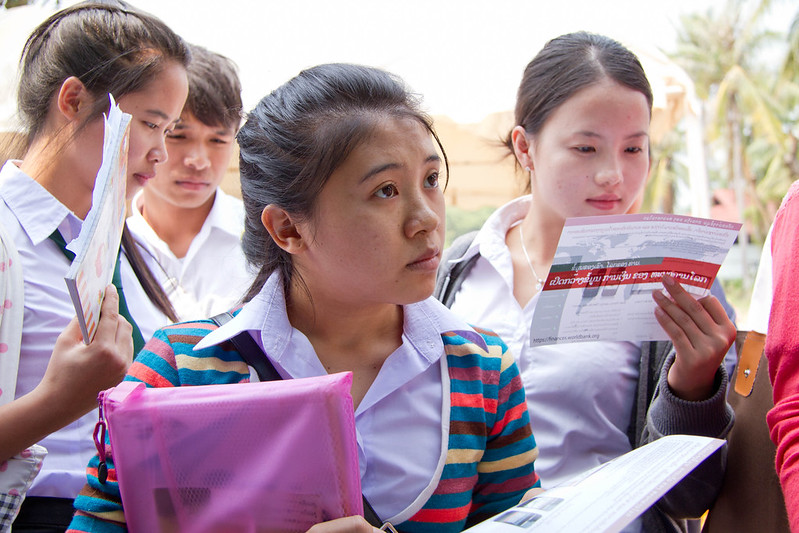 Education is a proven pathway out of poverty, which is why several organizations center their missions around helping disadvantaged children attain access to quality education. The Mona Foundation is one of many organizations that realize the value of education as a tool for poverty reduction. This work is essential considering that after the onset of the COVID-19 pandemic, more than 700 million people lived in extreme poverty in 2020.
Education is a proven pathway out of poverty, which is why several organizations center their missions around helping disadvantaged children attain access to quality education. The Mona Foundation is one of many organizations that realize the value of education as a tool for poverty reduction. This work is essential considering that after the onset of the COVID-19 pandemic, more than 700 million people lived in extreme poverty in 2020.
The Mona Foundation
The Mona Foundation is an organization that believes “Education is key to alleviating poverty, hunger, inequality, and most other social ills.” The Mona Foundation supports grassroots organizations worldwide in their efforts to educate children, focusing on empowering girls and women to transform communities. The president and founder of the organization, Mahnaz Aflatooni Javid, is based out of the United States. The Mona Foundation has operated since 1999 and has donated over $17 million to its 53 partner organizations. The foundation has the support of famous American celebrity Rainn Wilson or Dwight Schrute from the American version of the series “The Office”. The story of Mona Mahmudnizhad, a young Iranian female human rights activist, inspired the organization’s name. Mona was arrested by Iranian authorities in 1983 for her outspoken nature and support for fundamental human rights and for being a member of the minority Baháʼí faith. Nine months later, at the age of 17, she was executed.
Arriba Las Manos
One of the education organizations the Mona Foundation supports is the Arriba Las Manos organization based out of Colombia. Arabia Las Manos allows children to access educational tools like toys, Legos and other things. According to the OECD, 37% of Columbian adults aged 25-64 who attended school up to upper secondary school earned less than half the average earnings in 2019. Hence, education at an early age is so important. Both organizations work to increase access to education.
The focus on education, and girls’ education in particular, is essential, considering that more than 100 million girls are out of school worldwide, according to UNICEF. Access to education can provide girls and women with the skills and knowledge required to rise out of poverty, uplift their families and empower their communities. With girls and women being a marginalized group, it is vital for all humanitarian efforts to keep girls and women at the center of their aid efforts.
A report was published in 2020 by the ERIC Institute on Education Sciences on education development in the Huaping Girls High School in Yunnan Province in China. Establishing the High School itself was a way to help the women living there leave one of the poorest areas in the Yunnan Province. By providing girls from that area in extreme poverty a chance to get an easily accessible education, over 1,800 girls from that school attended universities across China, helping them realize their dreams of getting out of poverty and into the world. Giving these struggling women opportunities to thrive and lift themselves out of poverty through education helped them leave one of the poorest regions in China. The School shows that giving access to education to those who otherwise would not have it can lead to success. In this case, women end up at university, thus underscoring the importance of education access to ending poverty.
Women’s Empowerment
The Mona Foundation’s efforts have had a significant impact so far. The organization’s sponsorship programs in 2023 have supported over 2,000 children. Its teacher training programs in 2022 trained over 8,000 teachers and its women’s empowerment program teaches women to think critically about their upbringing and develop skills to help them lift themselves out of poverty. In 2022, over 100,000 girls were empowered through the Mona Foundation. This organization has a significant impact on women and children in need.
The Mona Foundation has helped many people through its programs and partnerships. Through sponsorships and teaching drills to partnering with organizations that share their values and goals, this organization plays an essential role in the fight against poverty.
– Calder Miller
Photo: Flickr

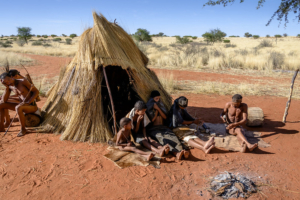 A conservation project in Namibia, sub-Saharan Africa, is actively fighting rural poverty alongside preserving important wildlife species and ecosystems.
A conservation project in Namibia, sub-Saharan Africa, is actively fighting rural poverty alongside preserving important wildlife species and ecosystems. 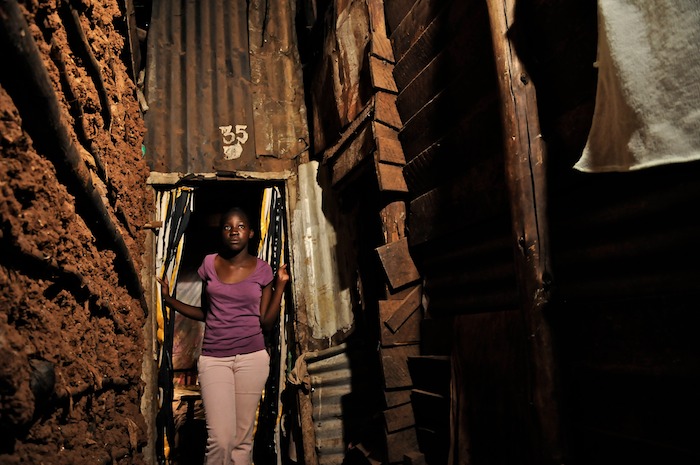
 Reading and other basic literacy skills are essential building blocks that pave the path to further education and employment opportunities in the future. Much of the world has access to programs and schools that offer, at the very least, an introductory reading course. Unfortunately, there are places where people are too poor, lack time, or have too many extenuating factors that hinder their ability to learn. Somalia is a prime example of a nation where outside factors make it challenging to obtain a quality education. That is why apps like Daariz are essential for helping facilitate easily accessible education and improving literacy in Somalia.
Reading and other basic literacy skills are essential building blocks that pave the path to further education and employment opportunities in the future. Much of the world has access to programs and schools that offer, at the very least, an introductory reading course. Unfortunately, there are places where people are too poor, lack time, or have too many extenuating factors that hinder their ability to learn. Somalia is a prime example of a nation where outside factors make it challenging to obtain a quality education. That is why apps like Daariz are essential for helping facilitate easily accessible education and improving literacy in Somalia.  Education is one of the most effective tools for lifting people out of poverty. It provides people with better skills and tools to find work and impact the world positively. South Africa is a country where there is a significant education gap. The education gap mirrors the wealth gap that exists there as well. According to the World Bank,
Education is one of the most effective tools for lifting people out of poverty. It provides people with better skills and tools to find work and impact the world positively. South Africa is a country where there is a significant education gap. The education gap mirrors the wealth gap that exists there as well. According to the World Bank,  Access to education, or a lack of access to education, is a key indicator of poverty in many countries. Many cannot afford to send their children to school, need them to work at home, or have no school near them. As a result, it becomes difficult to beat the cycle of poverty. Global access to higher education is especially important, as it is necessary for access to increased salaries.
Access to education, or a lack of access to education, is a key indicator of poverty in many countries. Many cannot afford to send their children to school, need them to work at home, or have no school near them. As a result, it becomes difficult to beat the cycle of poverty. Global access to higher education is especially important, as it is necessary for access to increased salaries. 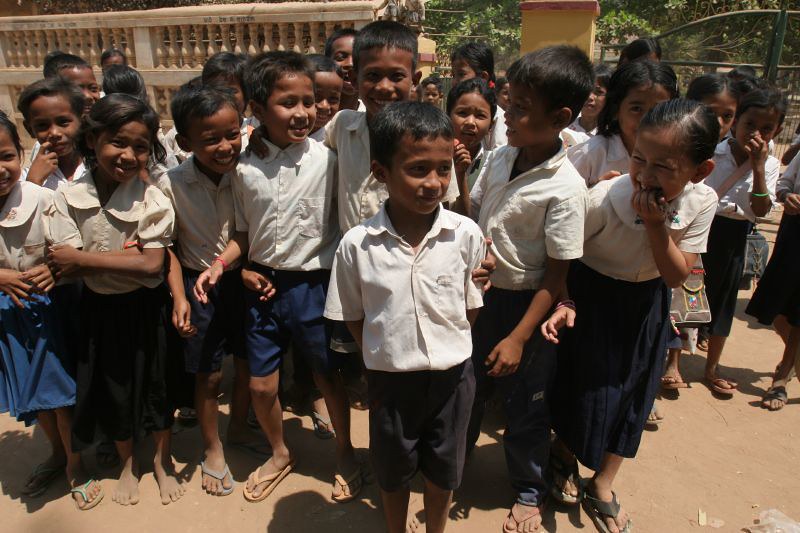 More than 8% of the world’s primary school-aged children do not attend school.
More than 8% of the world’s primary school-aged children do not attend school. 
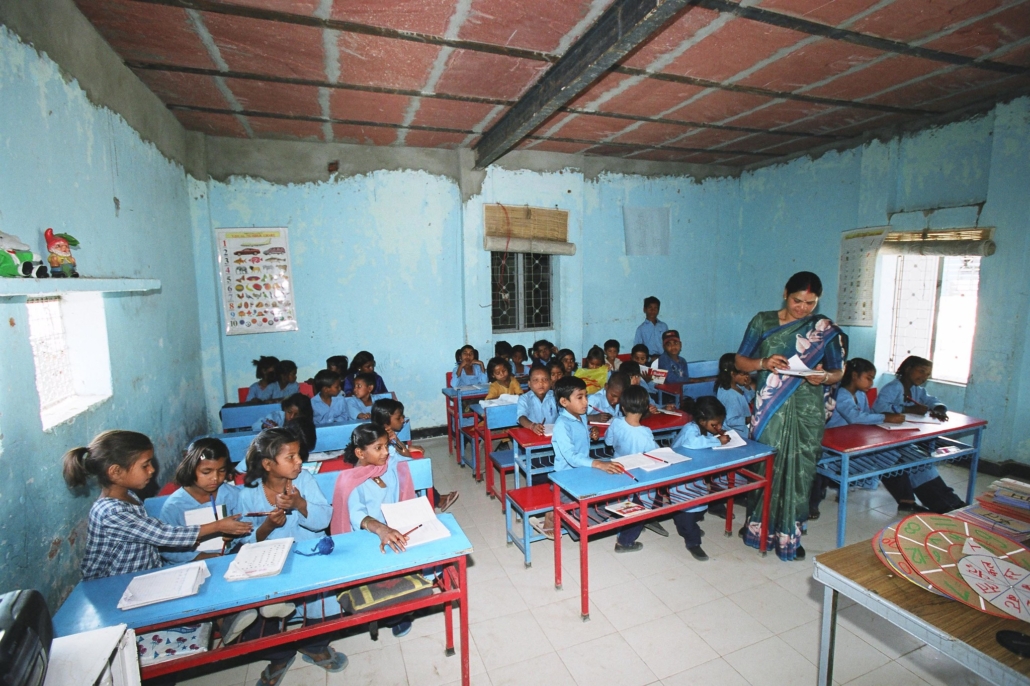
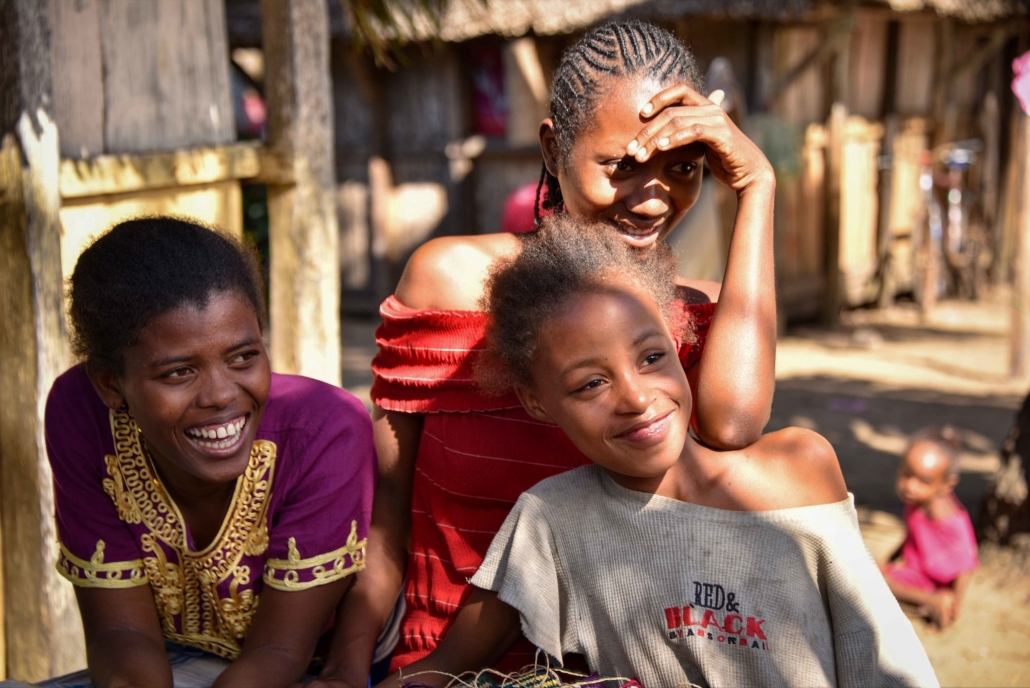 Poverty levels in Madagascar have remained persistently high for an extended period. In 2012, an alarming 80.7% of the population lived below the international extreme poverty line of $2.15 per day. A decade later, there has been only a slight decrease to
Poverty levels in Madagascar have remained persistently high for an extended period. In 2012, an alarming 80.7% of the population lived below the international extreme poverty line of $2.15 per day. A decade later, there has been only a slight decrease to